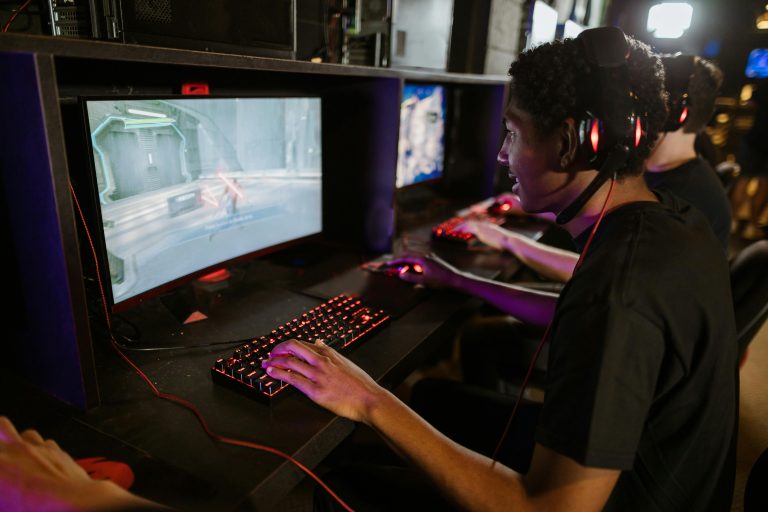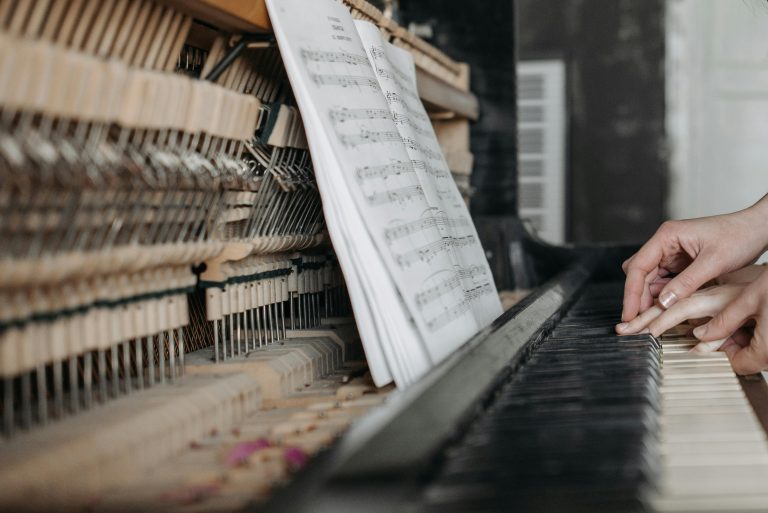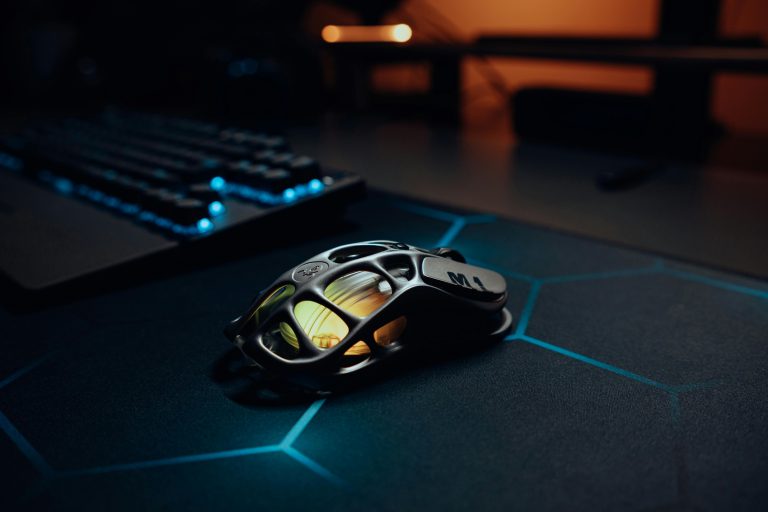
So, you’ve decided to take the plunge and become a Twitch streamer. Welcome to one of the most exciting and creative communities on the internet! But before you can share your gameplay, creative talents, or just your vibrant personality with the world, you need to get your technical setup sorted. For countless streamers, from brand-new beginners to seasoned pros, that means using OBS Studio. Open Broadcaster Software is a powerful, free, and open-source application that is the industry standard for live streaming. This guide will walk you through the entire process, from downloading the software to going live, ensuring your first stream is smooth, professional, and, most importantly, fun.
Getting Started: Downloading and Installing OBS
The first step is to get OBS onto your computer. Head over to the official OBS Project website to ensure you’re getting the legitimate and latest version. Avoid third-party download sites to prevent malware. The website will automatically detect your operating system (Windows, macOS, or Linux) and present you with the correct download link. The installation process is straightforward. Simply run the installer and follow the on-screen prompts. You can accept the default settings unless you have a specific reason to change them.
Once OBS is installed and opened for the first time, it may run the Auto-Configuration Wizard. This is incredibly helpful for beginners. It will ask you to prioritize either streaming or recording and then test your internet connection and hardware to apply optimal settings. We highly recommend running this wizard. It will set your base canvas resolution (likely your monitor’s resolution), your FPS (frames per second), and your bitrate—all crucial elements for stream quality.
Connecting OBS to Your Twitch Channel
Now that OBS is installed, it needs to know where to send your video stream. This is done using a unique key from your Twitch account. Never share this key with anyone!
First, open OBS and navigate to File -> Settings -> Stream. In the ‘Service’ dropdown, select ‘Twitch’. It may automatically populate the ‘Server’ with a location close to you, which is ideal for reducing stream delay. Now, you need your Stream Key. To find it, go to your Twitch Creator Dashboard. On the left-hand menu, look for Settings -> Stream. Your primary stream key will be listed there. Click ‘Copy’ and then immediately paste it into the ‘Stream Key’ field in OBS. Click ‘Apply’ and then ‘OK’. Your OBS is now directly linked to your Twitch channel.
Crafting Your Stream: Adding Scenes and Sources
This is where the magic happens. Your broadcast is built using Scenes and Sources. A Scene is a collection of video and audio sources. For example, you might have a “Starting Soon” scene, a “Gameplay” scene, and a “BRB” scene. Sources are the individual elements within a scene, like your game capture, webcam feed, microphone audio, images, and text.
Start by creating your first scene. At the bottom of the OBS window, in the ‘Scenes’ box, click the ‘+’ button and name it, e.g., “Main Gameplay”. Now, look to the ‘Sources’ box below it. Click the ‘+’ to add your essential sources:
- Display Capture: Captures your entire monitor. Good for variety streamers but can be messy.
- Game Capture: The best method for capturing gameplay. It directly hooks into the game for high performance and quality.
- Video Capture Device: This is how you add your webcam. Select your camera from the device list.
- Audio Input Capture: To add your microphone as a separate source for better control.
Arrange your sources in the preview window. Click and drag to resize your webcam and position it appropriately over your gameplay. Your microphone audio will be captured automatically by default, but adding it as a source gives you more control.
Configuring Your Audio Settings
Bad audio will drive viewers away faster than bad video. Getting your audio right is non-negotiable. In the ‘Audio Mixer’ section of the main OBS window, you’ll see your active audio sources. You should see at least your Desktop Audio and your Mic/Auxiliary Audio.
Click the gear icon (settings) next to each audio source and select Filters. For your microphone, this is where you can add filters to drastically improve sound quality:
- Noise Suppression: Removes constant background noise like computer fans.
- Noise Gate: Cuts off your microphone audio when you are silent, preventing keyboard clicks and breathing from being heard.
- Compressor: Smooths out your audio by making loud sounds quieter and quiet sounds louder, preventing audio peaks and whispers.
- Gain: If your microphone is too quiet, you can add gain to boost the signal.
Use the audio mixer to adjust levels so your game audio isn’t drowning out your voice. A good rule of thumb is to have your microphone audio averaging in the yellow zone and peaking into the orange, while your game audio stays consistently in the green.
Going Live and Final Checks
You’re almost there! Before you hit that “Start Streaming” button, do a final check. First, we strongly recommend doing a test recording. Click ‘Start Recording’ in OBS and play a game, talk into your mic, and make sure everything looks and sounds correct. Watch the recording back to check for any issues. This saves you from a problematic first live stream.
Next, go to your Twitch Dashboard and craft your stream title, category (which game you’re playing), and tags. A good title is engaging and tells viewers what to expect. Now, return to OBS. Take a deep breath. Click Start Streaming. In your Twitch Dashboard, you should see a live preview confirming your stream is active. Interact with your chat, have fun, and welcome to the world of streaming!
Remember, every big streamer started with a first stream. Your setup will evolve over time as you learn more about OBS, add overlays, alerts, and other widgets. But this guide provides the fundamental, rock-solid foundation you need to start your journey. The most important step is to begin. Set up OBS, hit go, and share your passion with the world.



